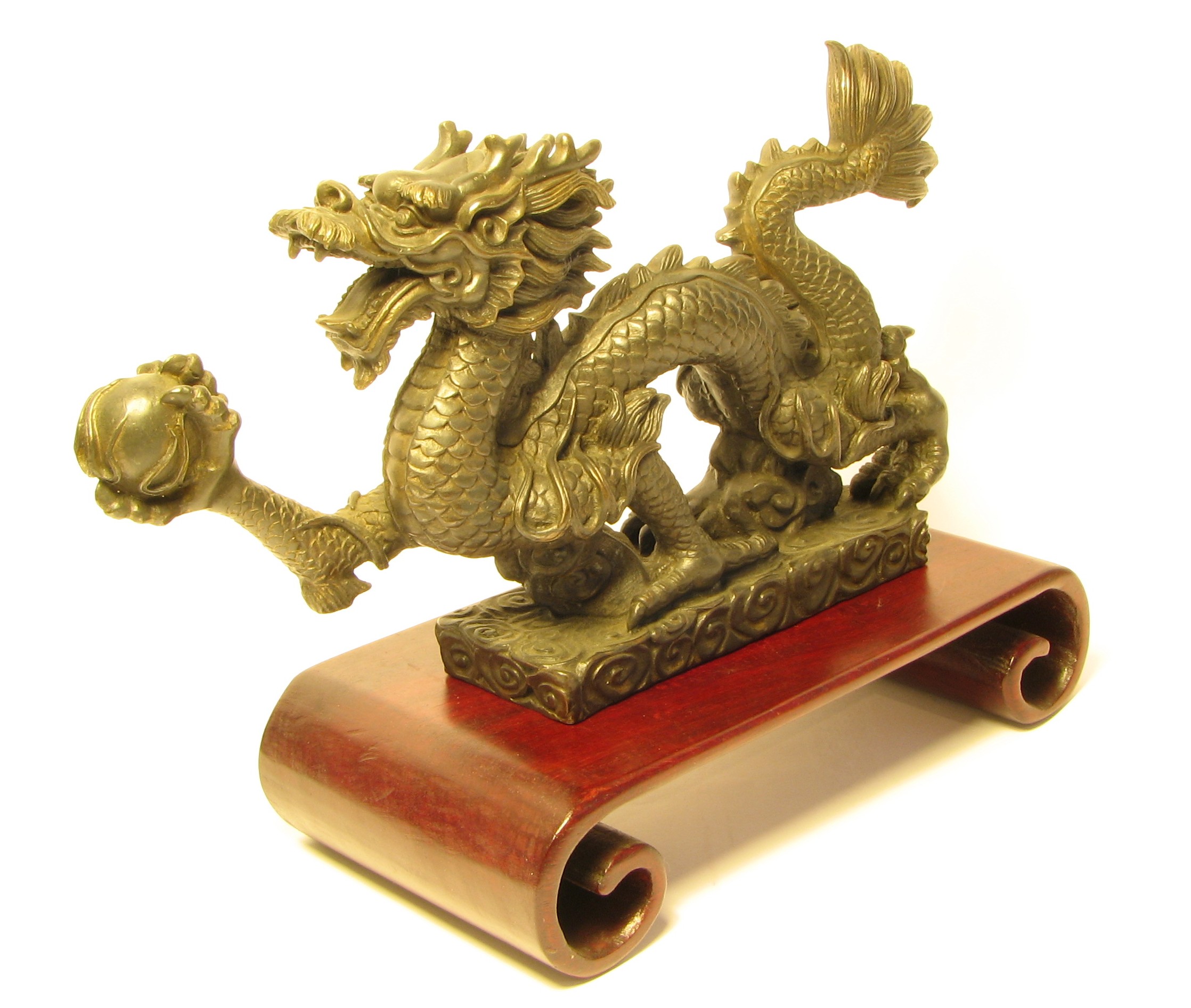I'm currently reading a book called Seraphina, about a girl who can transform into a dragon. As a child my favorite genre of books was fantasy and I often read books involving dragons. I decided to learn more about the origin of the idea of dragons.
The idea of dragons started in both Ancient China and in Europe. Scholars speculate that people may have found dinosaur bones and hypothesized that they were giant reptile-like creatures. Anthropologist David E. Jones speculated that dragons are the product of fear in the human brain. Like all mythical beasts, dragons were created by the human's fear of large predators. This is easy to believe because humans feel better when they can put a name/being to their fear of the unknown.
Dragons in Greek mythology were separated dragons into three categories: dracones (giant serpents), cetea (sea monsters), and dracaena (female dragon creatures). I find it interesting that female dragons have their own separate category. Most of the dracaena are beautiful but deadly, reminding me of how women are often portrayed as having deceiving appearances in myth.
In Chinese mythology dragons are associated with good fortune and prosperity. Dragons in Eastern mythology are basically the complete opposite of dragons in Europe. They are not feared, but rather worshipped and loved as deities. There are nine types of dragons in Chinese culture: the horned dragon, the winged dragon, the celestial dragon, the spiritual dragon, the dragon of hidden treasures, the coiling dragon, the yellow dragon, and the dragon king. I definitely find Chinese dragon mythology to be be more fascinating because of the positive aspect of these frightening-looking reptiles.

No comments:
Post a Comment